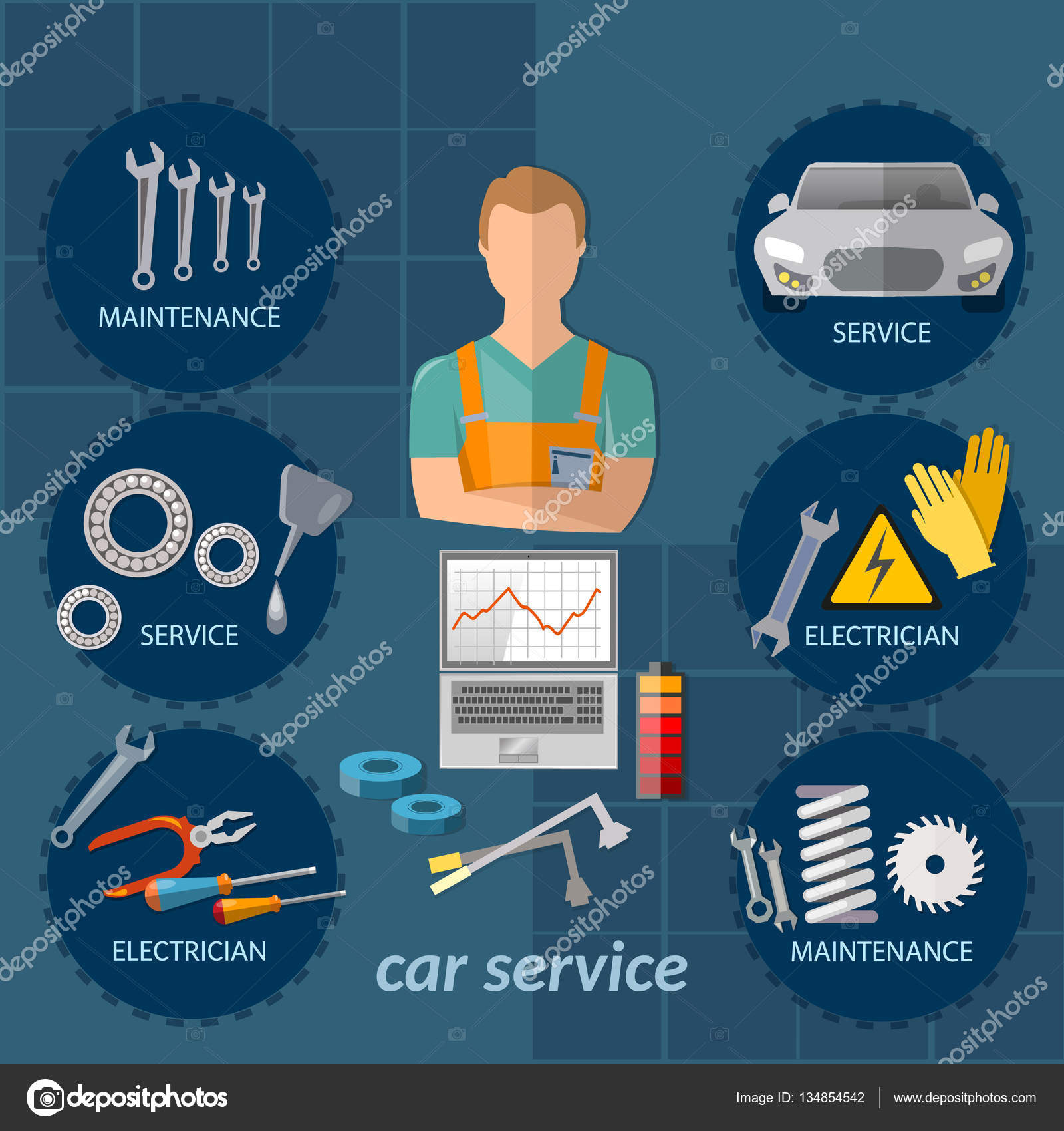Evaluating Your Vehicle'S Caution Indicators: What They Really Convey
Evaluating Your Vehicle'S Caution Indicators: What They Really Convey
Blog Article
ceramic coating car wash By-Faulkner Dalgaard
When you're behind the wheel, those beautiful warning lights on your dashboard can be a bit perplexing. Do you understand what they're trying to inform you about your car's wellness? Recognizing commercial vehicle detailing of these lights is important for your safety and the long life of your car. So, the following time one of those lights pops up, would not you want to analyze its message accurately and take the needed steps to resolve it?
Common Caution Lights and Interpretations
Determine usual warning lights in your auto and recognize their significances to guarantee risk-free driving.
The most regular caution lights include the check engine light, which indicates issues with the engine or discharges system. If this light begins, it's vital to have your vehicle inspected quickly.
The oil stress alerting light shows reduced oil stress, requiring immediate attention to avoid engine damage.
A flashing battery light may recommend a faulty charging system, potentially leaving you stranded otherwise attended to.
The tire pressure surveillance system (TPMS) light alerts you to low tire stress, affecting car security and gas performance. Neglecting this could result in risky driving problems.
The abdominal light suggests a trouble with the anti-lock stopping system, compromising your ability to stop promptly in emergency situations.
Finally, the coolant temperature level warning light warns of engine overheating, which can cause severe damages if not fixed swiftly.
Understanding these common caution lights will aid you deal with problems immediately and keep secure driving conditions.
Value of Prompt Focus
Comprehending the usual caution lights in your auto is only the initial step; the significance of promptly attending to these cautions can't be highlighted enough to ensure your safety on the road.
When https://paxtonqlfyt.wizzardsblog.com/31177822/expect-a-detailed-review-of-the-elite-vehicle-repair-work-solutions-that-will-certainly-redefine-your-vehicle-upkeep-routine illuminates on your dashboard, it's your auto's way of communicating a possible concern that requires focus. Disregarding these warnings can bring about more severe issues down the road, jeopardizing your safety and security and possibly costing you a lot more in repairs.
Prompt interest to advising lights can avoid failures and crashes. For example, a blinking check engine light can indicate a misfire that, if left ignored, might trigger damage to the catalytic converter. Addressing this promptly can conserve you from an expensive repair.
Similarly, a brake system warning light could indicate low brake liquid or used brake pads, vital elements for your security when driving.
Do It Yourself Troubleshooting Tips
If you observe a warning light on your dashboard, there are a few DIY troubleshooting suggestions you can try prior to seeking specialist help.
The initial step is to consult your car's handbook to comprehend what the certain caution light shows. Sometimes the problem can be as basic as a loose gas cap causing the check engine light. Tightening up the gas cap might deal with the trouble.
Another typical concern is a reduced battery, which can activate various warning lights. Checking the battery links for corrosion and guaranteeing they're secure could fix the issue.
If a caution light persists, you can try resetting it by disconnecting the vehicle's battery for a couple of minutes and after that reconnecting it. Additionally, checking your vehicle's liquid degrees, such as oil, coolant, and brake fluid, can help fix warning lights related to these systems.
Final thought
To conclude, recognizing your vehicle's warning lights is vital for maintaining your vehicle running efficiently and securely. By promptly attending to these notifies and recognizing what they imply, you can avoid pricey repairs and potential failures.
Keep in mind to consult your vehicle's handbook for certain details on each cautioning light and do something about it as necessary to guarantee a trouble-free driving experience.
Stay informed, remain secure when traveling!
